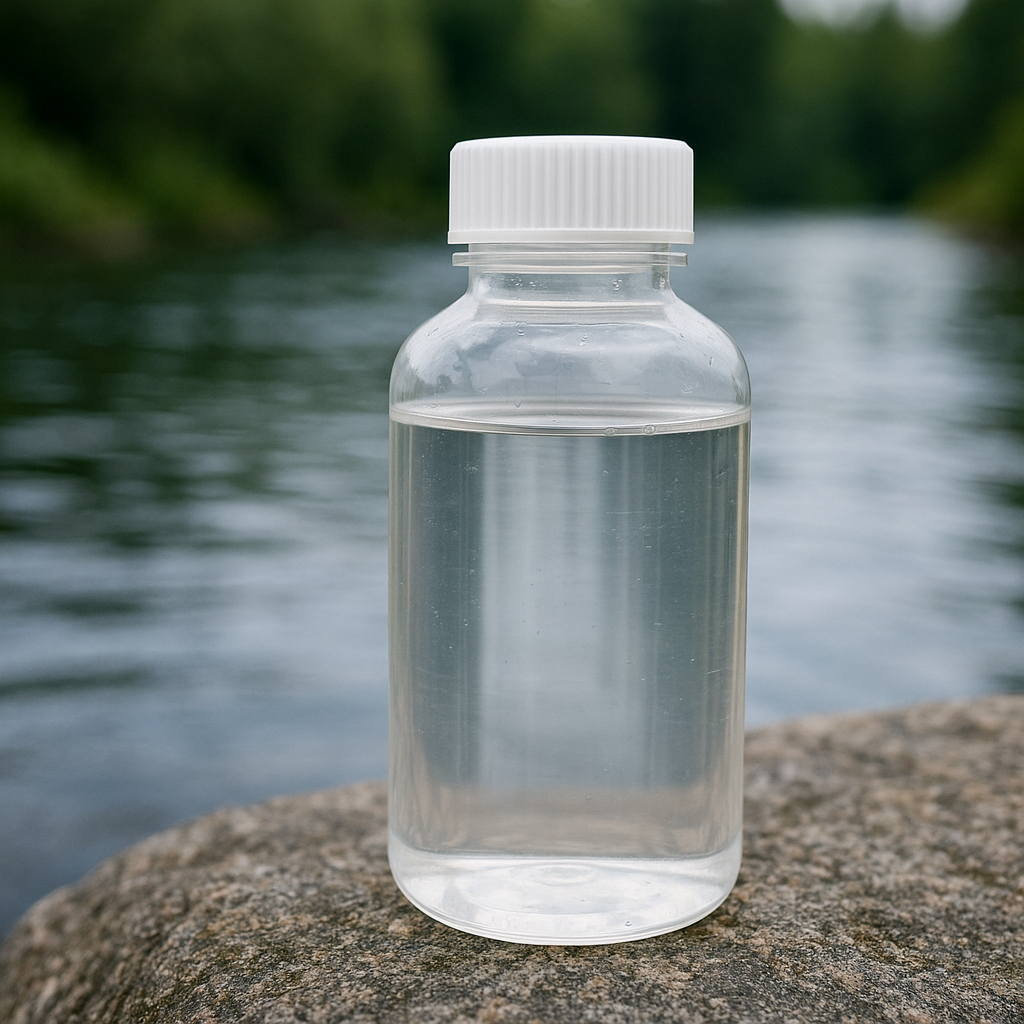)
Zinc contamination in acid-preserved water samples
Be aware of what kind of bottles you are using. We have repeatedly observed zinc contamination originating from sampling bottles, when acidic water samples are transported and stored before laboratory analysis.
Background
For several years, we have been working with dissolved metal analysis in natural and industrial waters. Our work includes comparing results from our fast, portable Multimetal Water Analysis System (MWAS) with laboratory reference methods such as ICP-OES and ICP-MS.
Through this experience, we have discovered few interesting findings related to sampling procedures and water quality analysis. One of the most relevant is the issue with zinc contamination from coming from sampling bottles. Although this is known problem, you can still run into it even working with commercial laboratories and environmental professionals. We want to here share this finding and raise the awareness for the importance of sampling procedures and materials.
Environmental sampling
A common practice in dissolved metal sampling is to filter the sample through a 0.45 µm syringe filter and then acidify it with ultra-pure nitric acid. The acidification step is meant to prevent chemical changes such as precipitation that could alter metal concentrations during storage and transport before the laboratory analysis.
However, this acidification can unintentionally introduce zinc contamination from the sample bottles themselves. Many plastic bottles are manufactured using zinc-catalyzed polymerization, leaving trace zinc residues in the material. When the sample is acidified, these residues can leach into the water, resulting in artificially elevated zinc concentrations.
In some cases, all samples in a batch have shown unexplained low-level zinc contamination. This is especially problematic when only a few samples are collected and no independent check (blank) is included, making the contamination difficult to detect.
 How to minimize zinc contamination
How to minimize zinc contamination
Use sample bottles specifically designed for trace metal analysis.
High-quality glass bottles can eliminate this issue, but they are heavier and more fragile, making them not optimal for fieldwork and transportation.
Always include a reference blank (distilled water) that goes through the same sampling, preservation, and analysis steps to detect possible contamination.
Significance
We have seen zinc contamination levels as high as 100 µg/l in some cases. Industrial regulatory limits for zinc vary widely depending on the country and the environmental context. They can be anything between few tens of µg/l to several thousands of µg/L. Therefore, this contamination can be significant. Zinc can be also an important process control parameter in many industrial and environmental applications.
For us, as developers of new water quality analysis technologies, this issue is critical. When we compare our on-site results to laboratory data, zinc contamination from bottles can create misleading discrepancies. In some situations, a customer might claim that our system failed to detect zinc found in laboratory samples, even though the zinc originated from the sampling bottles themselves. Laboratory results are often taken as unquestionable truth, so understanding and managing these biases is essential.
Final Thoughts
Sampling materials and procedures have a major influence on analytical results typically greater than the analytical method itself. Paying close attention to sampling protocols, using reference blanks, and selecting the right materials can help ensure reliable metal analysis and prevent misinterpretation of data.
Performing on-site water analysis can also eliminate many of the issues related to sample transportation and storage, improving data reliability and decision-making in environmental and process monitoring.